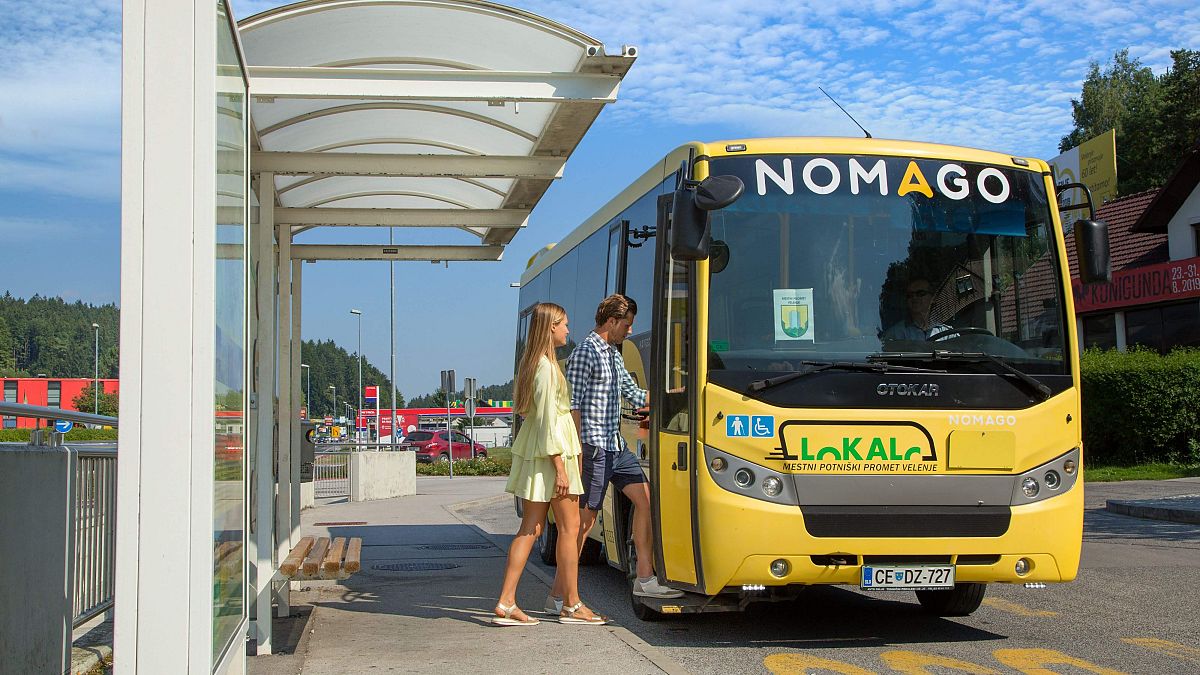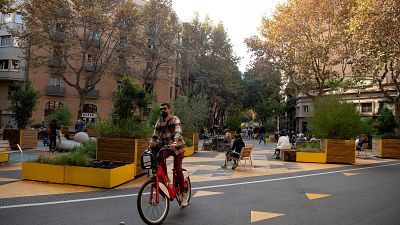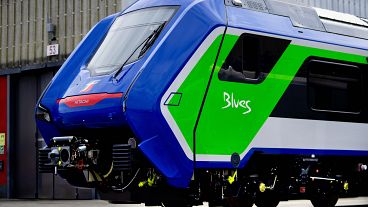Luxembourg and some European cities and towns have scrapped fares on public transport. Has it had the benefits they hoped for?
Estonia’s capital Tallinn and Luxembourg are pioneers in Europe for abolishing transport fares on a relatively large scale - at a city level and nationwide respectively.
More than 50 cities and towns in Europe have now introduced free public transport, citing climate ambitions and social equality as their primary motivators.
The premise is simple: citizens get unlimited free access to public transport to make their daily journeys, an idea Wojciech Keblowski, a researcher at Vrije Universiteit Brussel and Université Libre de Bruxelles, compares to accessing public parks.
"Nobody's asking us to pay for every minute or every hour that we spend in a park. So, why not consider public transport as part of that system and part of that social agreement?" he said.
Luxembourg became the first country in the world to scrap fares on all public transport in 2020, something the authorities are proud of.
"When we introduced free public transport, it was the icing on the cake. It's to really push forward the discussion inside the population to really rethink their way, how they move around and really to see what we are doing," the country’s deputy prime minister François Bausch told Euronews Next.
Is free public transport working?
In contrast, city authorities in Tallinn - which has been closely examining its own experiment in offering free transport since it was introduced over 9 years ago - are skeptical that the policy has done much to convince drivers to leave their vehicles at home.
"What we actually saw in Tallinn was that the shift from public transport to cars went up," explained the Estonian Transport Administration’s sustainable mobility expert Mari Jüssi.
"In nine years’ time, the share of cars has risen from 42 per cent of the trips to 48 per cent now. So, in this kind of sustainable mobility terms, it actually hasn't proven to be effective".
That said, Jüssi acknowledges that it might have seen more of an effect in social terms.
"Families with a lot of schoolchildren save some money during the time during the year. And in some of the regions, some of the county buses are also free since 2018. There we see maybe more positive impacts because there it used to be more expensive, these regional buses," she told Euronews Next.
Even its backers warn free public transport is not a silver bullet to improving sustainable mobility.
"If you don't have a complete vision, a new strategy, and if you don't have an investment programme on which you show that you improve the connections, that improve the quality of the public transport, then only introducing free public transport is not a good idea," said Bausch.
Both Jüssi and Keblowski also agree that improving the quality and connections of public transport is a key to attracting more passengers and the free fare policy would be a tool to support the working class.
For more on this story, watch the video in the media player above.



